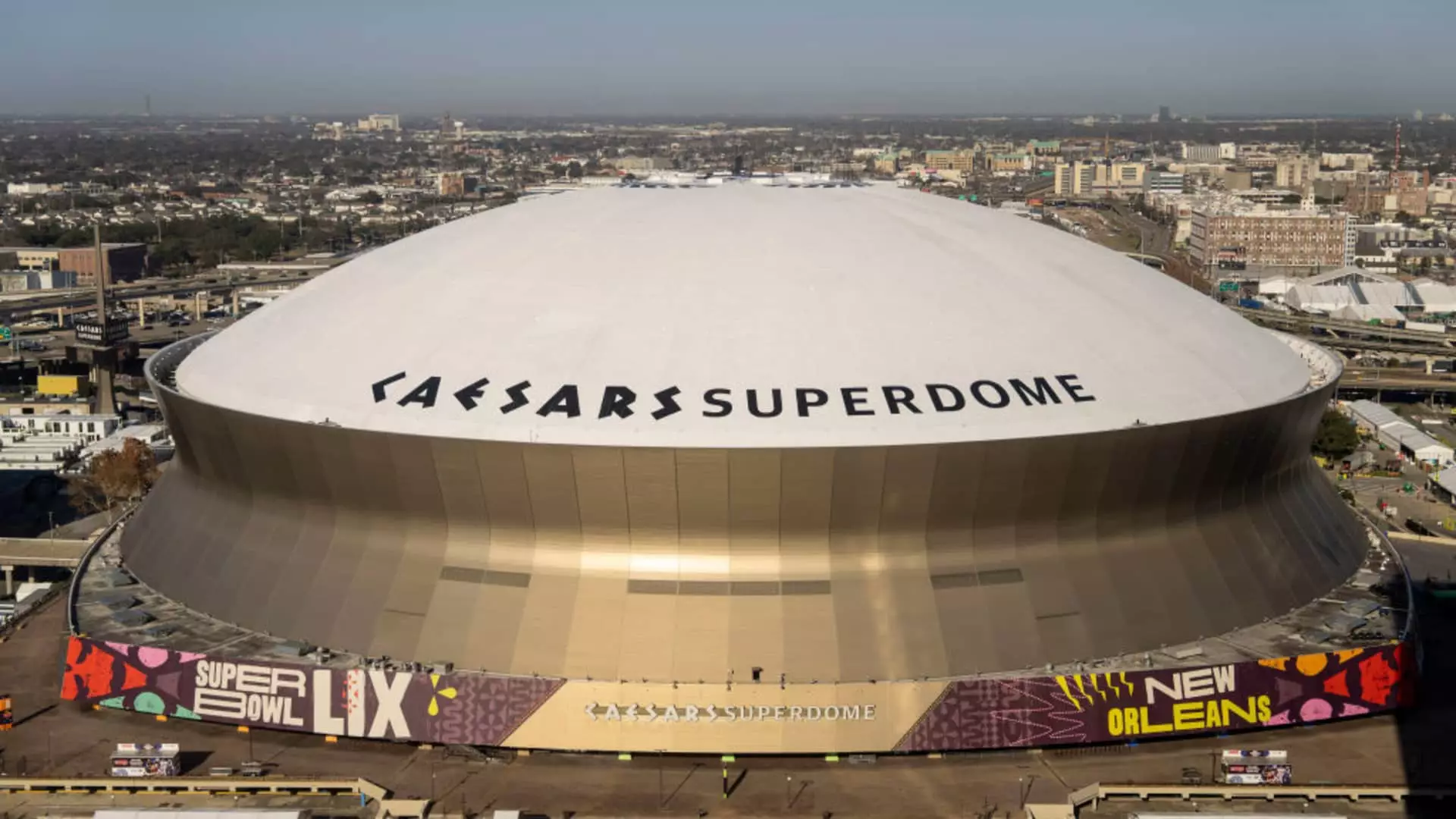As Americans eagerly anticipate the Super Bowl, excitement surrounds not only the game but also the lucrative and somewhat esoteric world of stadium financing through municipal bonds. These financial instruments have gained traction as integral components in the construction and renovation of sports venues and the surrounding infrastructure. Stakeholders often regard these projects as significant contributors to local economies. However, misconceptions abound regarding the mechanics of how these investments work, including the viability and sources of revenue that back them.
Stadiums are more than just venues for sports; they are catalysts for economic development, providing job opportunities and generating tax revenues in their respective locales. According to Dan Close, a senior figure in municipal bonds at Nuveen, the belief that stadium bonds derive their security solely from the financial performance of the sports teams is fundamentally flawed. Often, the repayment of these bonds is secured not by the operational success of a sports franchise but by more stable and diverse revenue streams.
Revenue sources may include general tax revenues, taxes collected specifically at the stadium, or levies that receive public support. Such stability makes these bonds appealing to high-income investors, particularly since the interest earned is typically exempt from federal taxes and may also be exempt from state taxes, provided the investor resides in the issuing state. This tax-exempt feature is a significant draw for potential investors seeking to maximize their yields.
Breaking the Myths
A prevalent misconception in the investment community is that stadium bonds are inherently risky. This notion arises due to the high-profile nature of stadium projects, which often attract criticism from the public and media alike. Critics may argue that the reliance on public funds to support stadium financing diverts essential resources away from more pressing social needs. Close, however, emphasizes that the reality is more reassuring: the risk associated with these revenue-backed bonds is often overstated.
In fact, many of these bonds are classified as investment-grade, which suggests a lower likelihood of default. The misperception leads to opportunities for savvy investors; as Close points out, those willing to delve deeper into these securities may find themselves rewarded with higher yields than other more conventional municipal bonds.
Nuveen, for example, has strategically integrated stadium bonds into some of its municipal portfolios. Their New York Municipal Bond Fund (NTNYX) includes holdings such as Yankee Stadium revenue bonds and related parking bonds. This diversification has proven beneficial, particularly when evaluating returns. For instance, the Nuveen All-American Municipal Bond Fund (FAARX) boasts a substantial yield of 4.11% with a favorable expense ratio.
Furthermore, bonds from Louisiana, linked to hotel occupancy taxes within the state’s stadium district, exemplify how stadium projects can economically benefit surrounding businesses while generating stable income streams for investors. The Georgia Municipal Bond Fund (FGARX) similarly holds bonds associated with hotel and motel taxes in Atlanta, showcasing regional diversity in stadium financing.
In light of the various benefits of investing in stadium bonds, the landscape remains complex, especially after observing recent high-profile projects. Last fall, Erie County, New York, successfully raised approximately $111 million through the issuance of “Bills Bonds” to finance a new football stadium. This campaign engaged retail investors and demonstrated how community enthusiasm for a sports franchise can translate into tangible financial support.
With much of the funding for stadium projects derived from public coffers—approximately 40% according to Close—it is crucial for investors to thoroughly analyze the underlying sources of repayment before committing their capital. Close also notes that understanding the exact mechanics of bond repayment, rather than merely focusing on how the funds are intended to be used, is critical for informed investment decisions.
Navigating the world of stadium bonds requires careful analysis and a systematic approach to understanding the full spectrum of risks and rewards. While initial perceptions may branding such investments as high-risk, the reality suggests a more stable and attractive opportunity, especially when fueled by secure revenue streams. As the Super Bowl draws near, investors would do well to explore this often-overlooked facet of municipal bonds, harnessing the potential for not only financial return but also community engagement in their local sports landscapes. Understanding these opportunities can pave the way for more strategic investment portfolios in the evolving municipal bond market.

